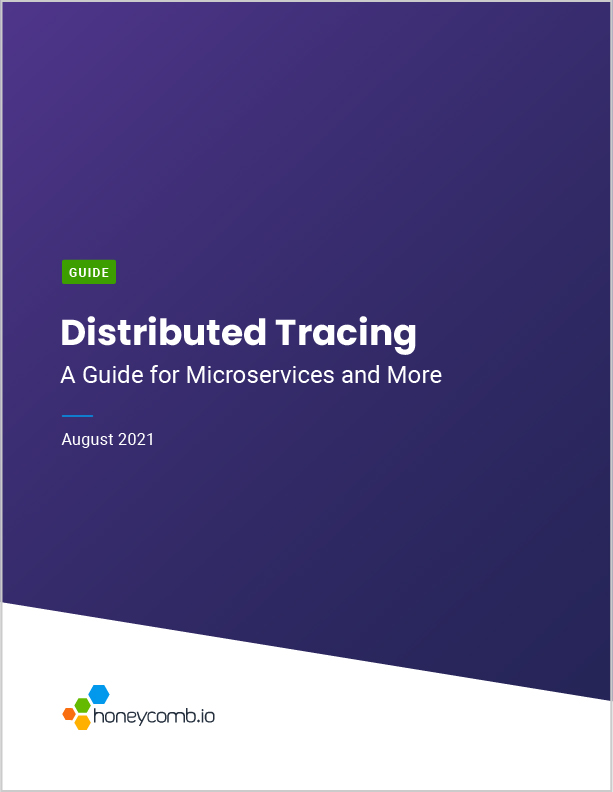Conditional Distributed Tracing: One Way to Adapt Tracing to Your Needs
Distributed tracing is a method for monitoring application performance across a distributed system of microservices and is a core component of observability. When a company adopts observability (and therefore tracing), many people in an organization need to use it in order for teams to fully realize the benefits.
Distributed tracing is a fairly new method and software engineers like Will Sargent from eero are finding ways to adapt tracing to their needs, including conditional distributed tracing, In this guide, find out how conditional tracing enables:
- Flexibility on a different axis
- Application-based span control
- Exploration of OpenTelemetry SDK
- Ability to answer the debugging problem for multiple audiences (including SREs and developers)


